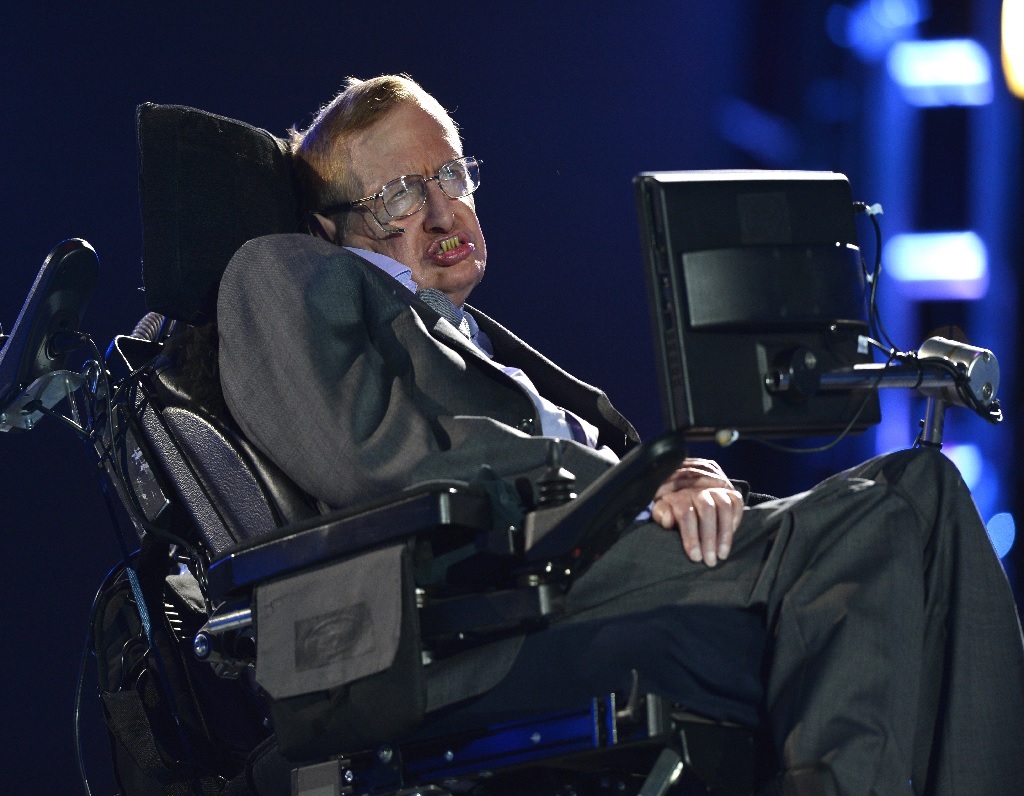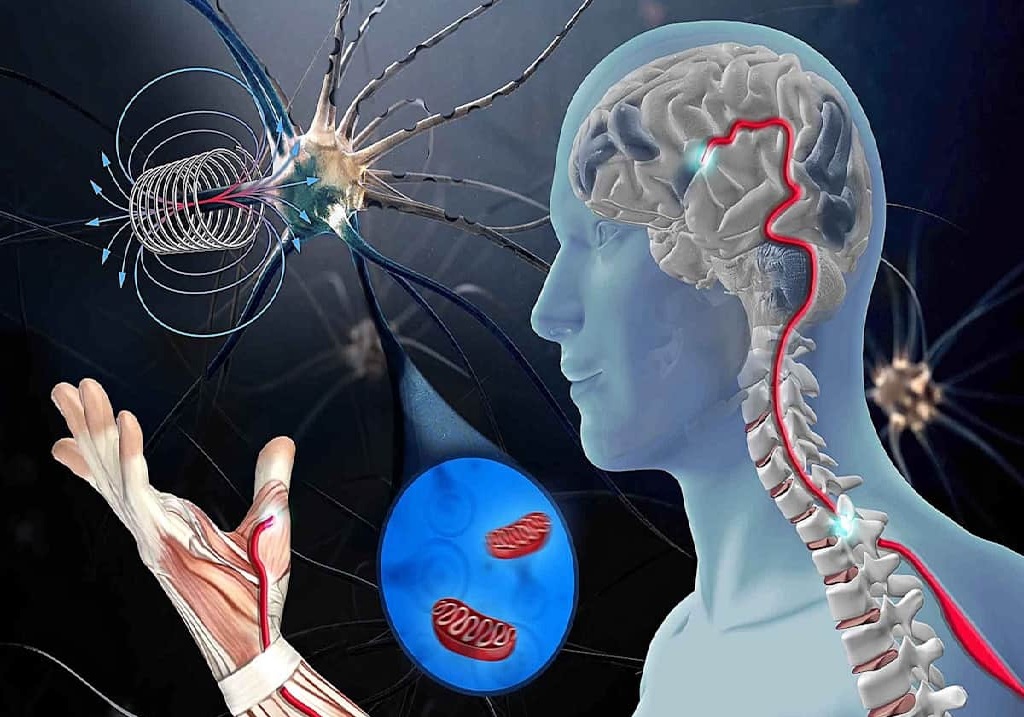Table of Contents
Introduction
Neurodegenerative diseases such as Lou Gehrig’s disease, also known as amyotrophic lateral sclerosis (ALS), affect primarily the motor neurons of the brain and spinal cord. Motor neurons are responsible for the voluntary movement of the muscles by sending signals from the brain to the muscles. In this disease, these neurons gradually degenerate and die, leading to loss of muscle function and eventual paralysis.
ALS usually begins with mild symptoms such as muscle weakness, seizures, or difficulty in daily activities. As the disease progresses, people experience increased muscle stiffness, stiffness, and difficulty speaking, swallowing, and breathing.
Although genetics and environment are thought to be the true causes of this disease, they are still largely unknown. In a small percentage of patients, ALS is inherited, but most cases occur sporadically with no family connection. Research shows that a combination of genetics, protein dysfunction, and inflammation plays a role in the development of the disease.
Despite ongoing research, there is currently no cure for this disease. Treatment aims to control symptoms and improve the patient’s quality of life. Medicines, physical therapy, assistive devices, and support services are used in the treatment of all kinds of diseases.
Organizations and advocates continue to raise awareness and raise funds by better understanding this health condition and developing better treatments to reduce its devastating effects on people and their homes.
What are the Types of ALS?
The exact cause of this disease is not fully understood and may be a combination of genetic, environmental, and cellular factors. There are two main types of this disease.
Sporadic ALS: This is the most common form, accounting for 90-95% of patients. Sporadic ALS occurs randomly with no genetic link. It is thought that a combination of genetic and environmental factors may contribute to the development of this disease.
Familial ALS: This type constitutes approximately 5-10% of patients and is genetically variable. ALS families have a family history that points to genetics. Mutations in some genes are associated with familial with this disease, such as the C9orf72, SOD1, TARDBP, and FUS genes.
These changes disrupt cellular processes including protein homeostasis and RNA processing, leading to motor neuron degeneration.
Scientists are keen to study the molecular and cellular mechanisms of this disease to better understand how genetics and the environment affect the disease. Many processes have been implicated in the development and progression of this disease, including a combination of protein misfolding, mitochondrial dysfunction, inflammation, oxidative stress, and impaired cell communication.
ALS early Symptoms
This disease has no known cause and currently has no cure. However, there are treatments that can help control symptoms and improve the quality of life of people with this disease.
Muscle weakness: The earliest sign of ALS is muscle weakness, which usually begins in one area of the body. This can manifest as difficult daily tasks such as holding objects, walking, or speaking clearly.
Muscle twitches (fasciculations): Involuntary muscle twitches, particularly of the arms, legs, or tongue, are often early signs of this disease.
Muscle cramps: Some people with this disease have muscle cramps that can cause pain.
Dysphagia (dysphagia): ALS affects the swallowing muscles, making it difficult to eat and drink.
Slurred speech (dysarthria): Not being able to control the speech muscles can cause slurred speech.
Changes in handwriting: Handwriting becomes difficult to read due to muscle weakness and coordination problems.
Trip / Fall: weak legs and difficulty walking can increase the risk of tripping and falling.
Treatment of ALS
Work closely with a multidisciplinary team of neurologists, physical therapists, occupational therapists, speech therapists, and other specialists designed to create personalized treatment plans for people with this disease that meet their unique needs and goals. Early intervention and comprehensive care can help people manage symptoms and maintain quality of life.

Drugs: The FDA has approved two drugs for the treatment of this disease: riluzole and edaravone. Riluzole is thought to slow disease progression by reducing glutamate, while edaravone is an antioxidant designed to reduce cellular damage from oxidative stress.
Physical Therapy: Physical therapy helps maintain muscle strength, flexibility, and mobility. A doctor can provide exercises and strategies to help a person manage symptoms.
Occupational therapy: Occupational therapists help people make daily adjustments to their ability to change by facilitating tasks such as dressing, dressing, and eating.
Speech therapy: A speech therapist can help develop communication strategies and exercises to speak clearly for as long as possible.
Assistive Devices: Various devices such as braces, wheelchairs, communication devices, and computer adaptations that help people maintain their independence and communicate.
Nutritional Support: When swallowing becomes difficult, working with a healthcare professional can help ensure adequate nutrition and fluid intake by adjusting the food or using a bottle if necessary.
Respiratory Support: Shortness of breath may occur when the respiratory muscles are weak. A self-contained ventilator or other respiratory support may be recommended to improve breathing and quality of life.
Clinical trials: Research is ongoing and people with this disease may decide to participate in new clinical trials.
Can do people die in ALS?
Yes, unfortunately, people with Amyotrophic Lateral Sclerosis do eventually die from the disease. This disease is a progressive neurodegenerative disorder that affects nerve cells in the brain and spinal cord, leading to muscle weakness, paralysis, and loss of function.
As the disease progresses, individuals with Amyotrophic Lateral Sclerosis may experience difficulty with essential functions such as breathing, swallowing, and speaking.
Most people with Amyotrophic Lateral Sclerosis eventually experience respiratory failure, which is often the cause of death. The muscles responsible for breathing become progressively weakened, leading to an inability to breathe effectively without assistance.
This is why many individuals with ALS require ventilatory support, such as non-invasive ventilation or mechanical ventilation, to help them breathe as the disease progresses.
Summary
This disease is characterized by the degeneration of motor neurons that carry signals from the brain to the muscles. This can damage the muscles and reduce the body’s ability.
The respiratory muscles are also weakened, leading to difficulty breathing and eventually respiratory failure. Although the exact cause of Amyotrophic Lateral Sclerosis is not fully understood, genetics and environment may contribute.
ALS has no known cure, and treatment focuses on controlling symptoms and improving quality of life. As the disease progresses, it is common for Amyotrophic Lateral Sclerosis patients to need ventilators and assistive devices as the disease progresses.
The rate of progression and impact of Amyotrophic Lateral Sclerosis varies from person to person, but ultimately leads to severe disability and, in many cases, death from respiratory failure. Ongoing research aims to better understand the disease, improve treatment, and improve the lives of people with Amyotrophic Lateral Sclerosis.

